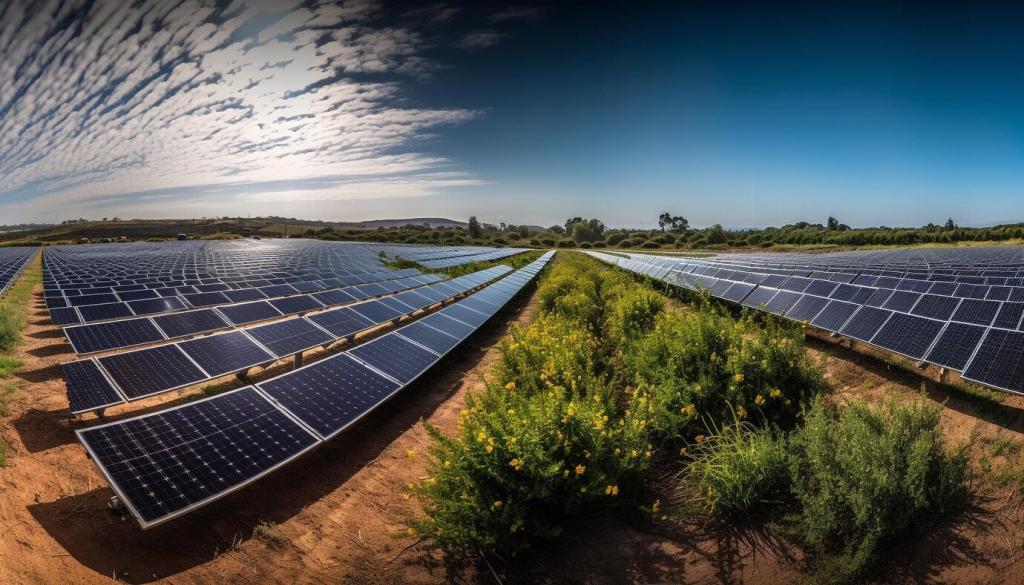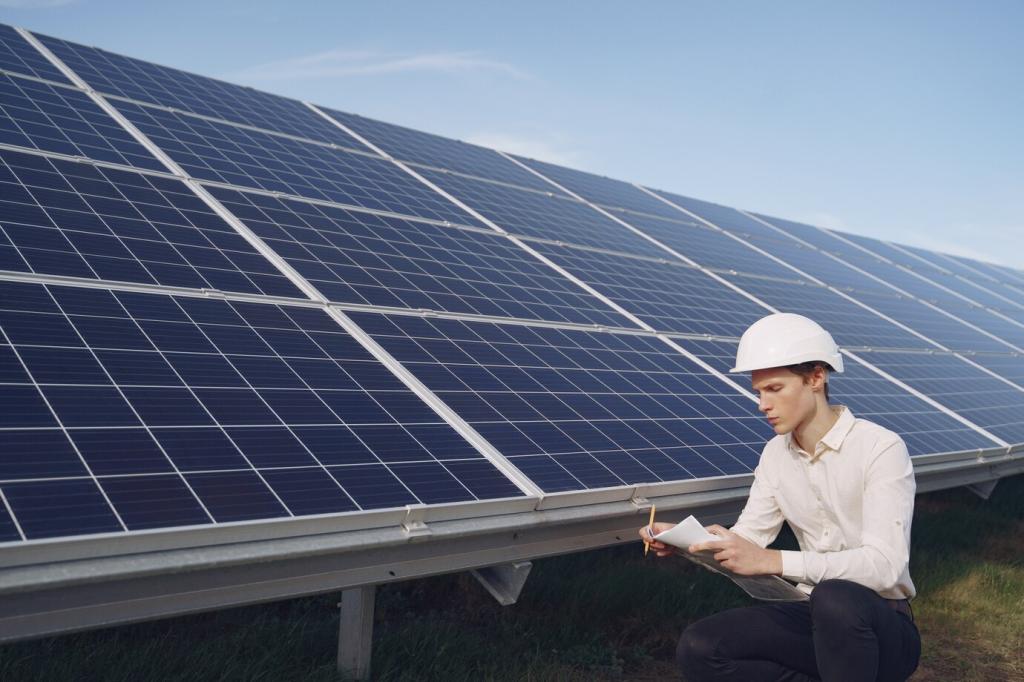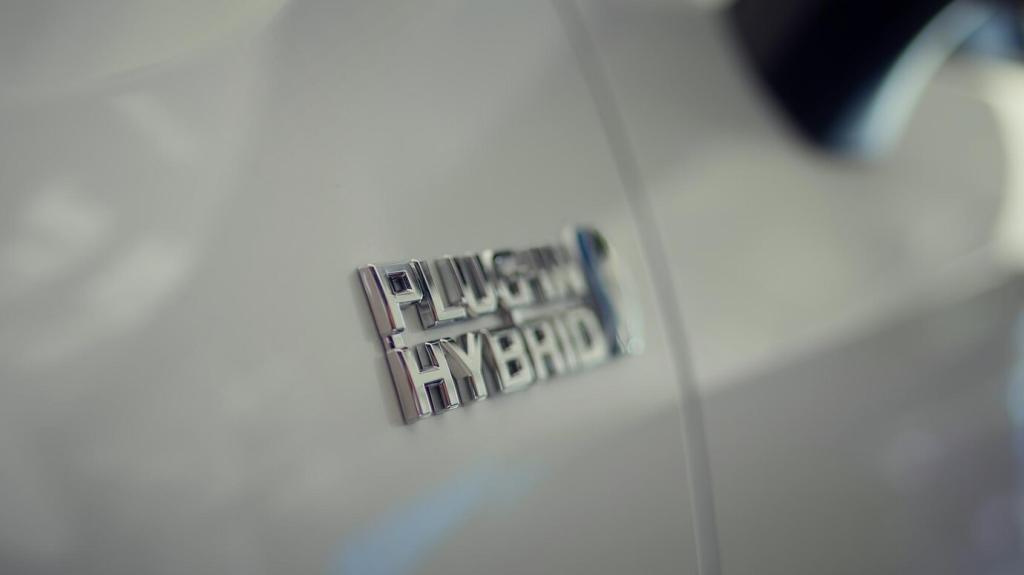Inside the Cell: The Materials Race
Silicon stores far more lithium than graphite, but expansion can crack particles and fade capacity. Engineers tame swelling with nano-structuring, elastic binders, and prelithiation, turning potential headaches into tangible, longer-lasting miles on the odometer.
Inside the Cell: The Materials Race
High-nickel NMC promises higher energy, yet demands meticulous thermal control and coatings to curb degradation. Better manufacturing, surface treatments, and smarter electrolyte additives protect capacity, keeping range stable across seasons and spirited weekend drives.






